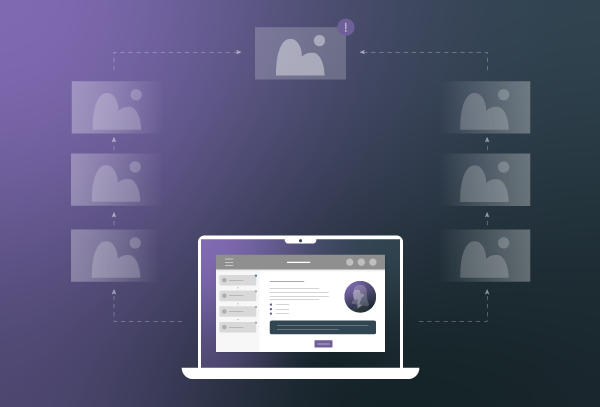Think back to when you were younger. Do you remember how exciting the "Choose Your Own Adventure" stories were, where you got to pick your path and play through a series of events resulting from your own decisions? Apply this same idea to the world of learning, and you're left with what is known as branching scenarios.
Branching scenarios invites learners through a custom pathway where each decision has its own result. This nature of branching scenarios allows learning designers to simulate real-world situations in a risk-free environment, so learners have the opportunity to apply theoretical knowledge in a practical way.
When designing effective interactive branching scenarios, there are a number of different things to consider.
Start with Clear Learning Objectives
When designing any learning course, it is essential to have clear learning objectives. When working with branching scenarios, these objectives will help you align the overall goals of the course with the course's content. By aligning your goals, your branching scenarios will each be designed to achieve a specific learning outcome.
The idea of branching scenarios is to give your learners a risk-averse environment to practice their theoretical knowledge. You want to ensure these learning opportunities are related to what they may encounter in the real world. This can help learners see the relevance of the scenario and make it more engaging. For example, a scenario might involve a healthcare worker who must decide how to handle a patient with a difficult diagnosis. Using realistic scenarios, eLearning designers can help learners develop critical thinking and decision-making skills that they can apply in their work.
Provide Multiple Paths
The more paths you make for your learners, the more interactive the learning becomes – but be sure you don't overdo it! Branching scenarios allows your learners to see the consequences of their decisions, so the more you include, the more realistic their decision-making has to become. This will enable learners to see how different choices can lead to different outcomes. Additionally, providing multiple paths can make the scenario more engaging by giving learners a sense of agency and control over their learning journey.
Provide Immediate Feedback
Immediate feedback can be built into your branching scenarios. For instance, each option may explain why the learner was correct or incorrect, allowing them to learn as they interact with the branching scenarios. Make sure that the feedback is clear and specific, highlighting the impact of each decision on the learning journey; this way, learners can learn as they make their way through their paths.
Use Multimedia
You want to make sure your learning is engaging, and offering a range of 'true' or 'false' questions is not enough to ensure this. Instead, include multimedia elements such as videos, images, and audio. Such elements can help set the scene and make the scenarios more immersive. Additionally, they help your learners visualise the consequences of their decisions, allowing for more impactful feedback.
Try it Out
Branching scenarios can be complex, so you must test them out. Have your friends or a group of peers run through the course, as well as yourself, to understand what your learners will be presented with. Here, you want to make sure your course works as intended. Based on the feedback from your trial team, you can adjust and improve your course before you launch it to your learners.
With branching scenarios, you can offer your learners a more active learning experience. By pushing your learners to make their own decisions you're engaging problem-solving skills that they can carry into the workplace. And with guroo.pro you can easily incorporate branching scenarios into your next course. Try it out today for free.


